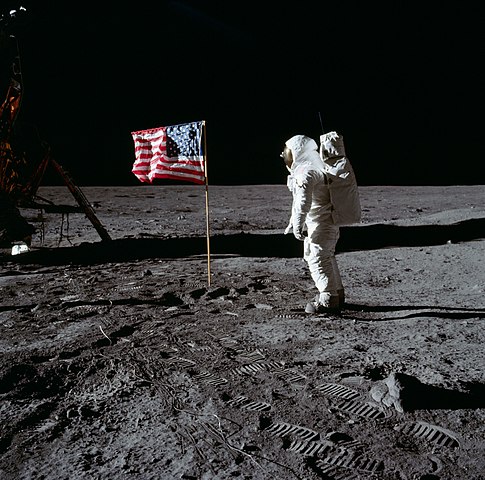
The Space Race Legacy
The Space Race
The space race that took place between the USA and USSR marked a pivotal moment for space exploration and scientific and technological developments. In 1961, USA President J.F.Kennedy summed up its significance when he addressed the nation: “No single space project… will be more exciting, or more impressive to mankind”. He was right – it saw the birth of NASA and the landing of the first man on the moon.
Cold War Origins
The Space Race had its origins in the Cold War, where a battle was fought for supremacy in rocket technology. Both nations realised that, as powerful intercontinental ballistic missiles were developed, the ability to launch missile bearing rockets and monitoring satellites would provide a great military advantage. The eventual launch of the Soviet satellite Sputnik 1 in 1957 marked the beginning of the Space Race.
The Race Intensifies
A year later in 1958, the USA responded by initiating the Mercury programme, with the goal of sending the first man into space. The Soviets, who were currently leading the race, carried on their success with a series of further spacecraft launches. In 1961, they beat the Americans again and achieved the feat of sending the first man (Yuri Gagarin) into orbit. President Kennedy responded by declaring that by the end of the decade, he would land a man on the moon and bring him back to Earth, sparking the beginning of the Apollo programme. This accomplishment was eventually achieved in 1969, when Neil Armstrong and Buzz Aldrin became the first humans to set foot on the lunar surface during the historic Apollo 11 mission.
Technology Advancements
The Space Race led to a number of innovative scientific and technological advancements that have forever changed the way we live. When Sputnik 1 was launched, an American scientist noticed its Doppler Effect; by measuring the frequency of its radio waves as it travelled closer or further from Earth, its position could be tracked, setting the foundations for our current GPS systems. The need for lightweight computing systems aboard the spacecraft lead to the development of microchips, revolutionising computer technology used in the electronic devices of today.
Moral Implications
Despite the incredible milestones achieved during the space race, they came at a moral cost. During the Soviet launch of Sputnik 2, a stray dog called Laika was placed inside the capsule to become the first animal sent into space. Her vitals were monitored throughout the mission but it was determined she died within 5-7 hours after launch due to the capsule overheating. On the other side, while working on the Project Paperclip programme, the USA drafted German and Austrian engineers and scientists to work on rocket technology and development, with many having Nazi history records covered up to facilitate their collaboration.
The Legacy
The success of the Space Race was not just measured by reaching “the final frontier”. It was a testament to mankind’s ability to unite towards a common vision, inspire future generations, reinforce a sense of national pride and overcome enormous feats of engineering in order to reach the impossible.
If you want to study a History as a subject, Oxford Open Learning offers you the chance to do so at several levels, shown below. You can also Contact Us for further information.